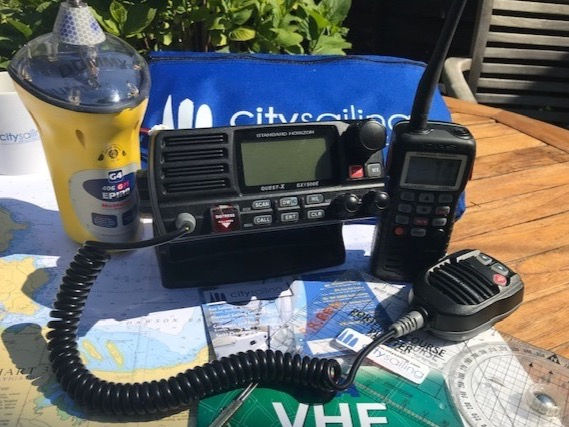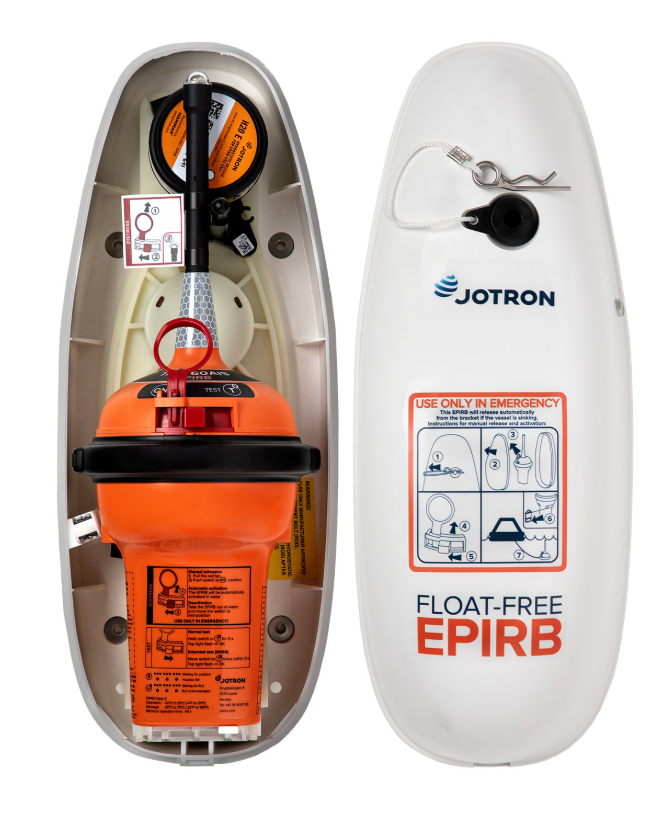Mastering Maritime Communication Tools
- Paul Bew City Sailing

- Sep 2
- 3 min read
Effective communication is the backbone of safe and efficient maritime operations. Whether you are navigating coastal waters or venturing into the open sea, mastering maritime communication tools is crucial. These tools not only ensure safety but also enhance coordination between vessels, ports, and rescue services. This comprehensive guide explores the key maritime communication devices, their functions, and practical tips to use them effectively.
Understanding Maritime Communication Systems
Maritime communication systems are designed to facilitate clear and reliable exchanges of information between ships and shore stations. These systems include radios, satellite communication, and digital selective calling (DSC) devices. Each tool serves a specific purpose and operates on designated frequencies to avoid interference.
One of the most common communication tools is the VHF (Very High Frequency) radio. VHF radios are essential for short-range communication, typically up to 20 nautical miles, depending on the antenna height of both parties and weather conditions. They are used for ship-to-ship, ship-to-shore, and distress communications.
Another vital system is the Global Maritime Distress and Safety System (GMDSS), which integrates various communication technologies to ensure that vessels can send distress signals and receive safety information worldwide. GMDSS includes satellite communication, MF/HF radios, and emergency position-indicating radio beacons (EPIRBs).

Key Maritime Communication Tools and Their Uses
VHF Radio
The VHF radio is the most widely used maritime communication device. It operates on channels allocated internationally for maritime use. Channel 16 is the international distress, safety, and calling frequency. Mariners must monitor this channel continuously while underway.
Practical tips for using VHF radios:
Always perform a radio check before departure.
Use clear and concise language; avoid jargon.
Identify your vessel by name and call sign.
Keep transmissions brief to allow others to communicate.
Use the distress channel only in emergencies.
Digital Selective Calling (DSC)
DSC is a digital system integrated into VHF, MF, and HF radios. It allows automated distress alerts with GPS coordinates to be sent to nearby vessels and coast stations. DSC enhances safety by reducing response times during emergencies.
Emergency Position-Indicating Radio Beacons (EPIRBs)
EPIRBs are devices that transmit distress signals via satellite to rescue coordination centres. They are activated manually or automatically when submerged in water. EPIRBs are mandatory on many vessels and are a critical part of maritime safety equipment.

Enhancing Safety with Proper Communication Protocols
Mastering maritime communication tools is not just about knowing how to operate the equipment but also understanding the protocols and regulations governing their use. The International Maritime Organization (IMO) and the International Telecommunication Union (ITU) set standards to ensure effective communication and safety at sea.
Important communication protocols include:
Mayday Calls: Used for life-threatening emergencies. The call should be repeated three times, followed by the vessel's identification, position, nature of distress, and assistance required.
Pan-Pan Calls: Indicate urgent situations that are not immediately life-threatening but require assistance.
Securité Calls: Used to broadcast navigational warnings or weather updates.
Training courses, such as the rya vhf radio course, provide practical knowledge and certification for operating VHF radios and understanding maritime communication protocols.
Practical Tips for Maintaining and Using Communication Equipment
Proper maintenance and correct usage of maritime communication tools are essential for reliability. Here are some actionable recommendations:
Regular Testing: Conduct routine checks of all communication devices before and during voyages.
Battery Management: Ensure batteries are fully charged and carry spares for portable devices.
Antenna Inspection: Check antennas for damage or corrosion to maintain signal strength.
Software Updates: Keep digital systems updated to the latest firmware.
Training: Regularly refresh skills through courses and drills to stay proficient.
By following these practices, mariners can avoid communication failures that may lead to dangerous situations.
The Future of Maritime Communication
Advancements in technology continue to transform maritime communication. The integration of digital systems, satellite broadband, and automated identification systems (AIS) is enhancing situational awareness and safety.
Emerging trends include:
Broadband Satellite Services: Offering high-speed internet for real-time data exchange and remote monitoring.
Integrated Bridge Systems: Combining navigation and communication tools into a single interface.
Artificial Intelligence: Assisting in predictive maintenance and automated distress detection.
Staying updated with these innovations and investing in modern communication tools will be vital for mariners aiming to maintain high safety standards.
Navigating with Confidence Using Communication Tools
Mastering maritime communication tools empowers mariners to navigate confidently and respond effectively to emergencies. Understanding the functions, protocols, and maintenance of these devices is essential for every seafarer.
Whether you are a recreational sailor or a professional mariner, investing time in learning and practising communication skills can save lives and protect valuable assets at sea. Consider enrolling in a rya vhf radio course to gain certified expertise and enhance your maritime communication capabilities.
By embracing both traditional and modern communication technologies, you can ensure safer voyages and better coordination on the water.




Comments